The Charles Bukowski Tapes
Extraits
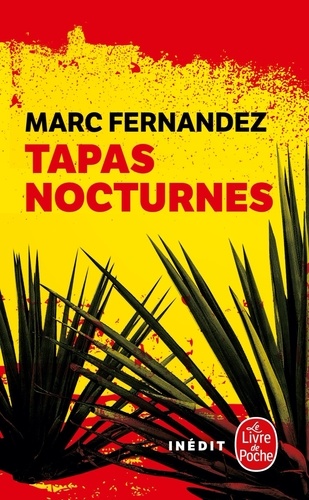
Romans policiers
Tapas nocturnes
03/2022
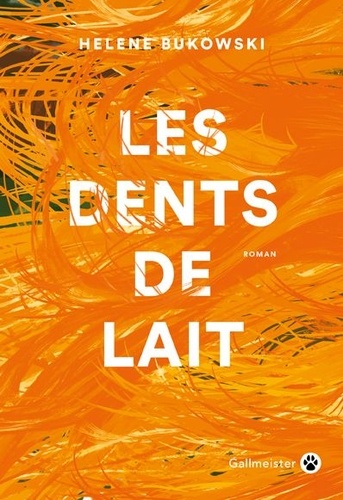
Littérature Allemande
Les dents de lait
08/2021

Littérature Allemande
La guerrière
02/2024
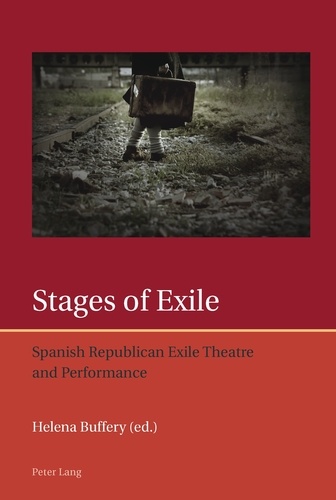
Non classé
Stages of Exile
09/2011

Musique classique
Songs of Love. 12 Romances. 12 Lieder. Soprano (tenor) and piano.
12/2023
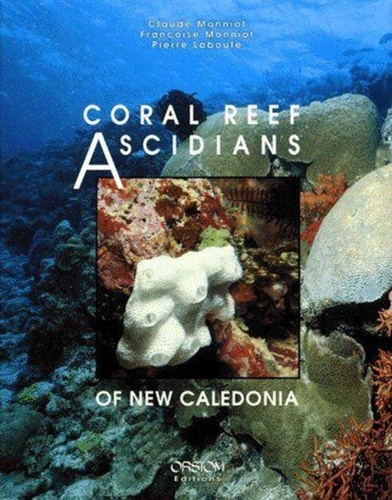
Sciences de la terre et de la
Coral reef ascidians of New Caledonia
08/1991

Histoire et Philosophiesophie
WHY SEX MATTERS. A Darwinian Look at Human Behavior
01/2000

XXe siècle
Victory will be next ! A Diary, 6th June - 10th August 1944
03/2021

Non classé
The Concept of Man in Igbo Myths
11/1999

Monographies
Venice. A Private Invitation
09/2022
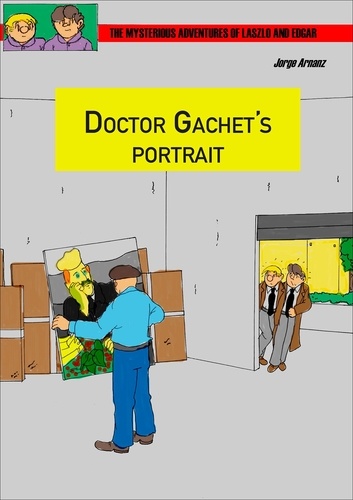
BD tout public
Doctor Gachet's portrait
01/2014

Littérature érotique et sentim
Erotique. Anthologie de textes (très) érotiques
06/2020

Policiers
Goebius' Strange Model
01/2020
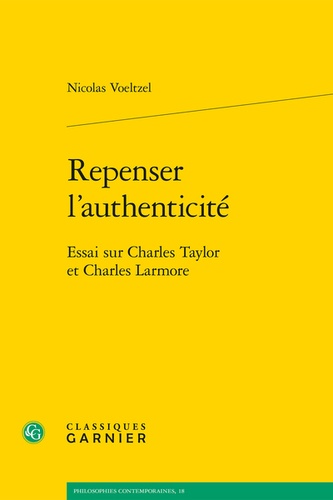
Ouvrages généraux
Repenser l'authenticité. Essai sur Charles Taylor et Charles Larmore
09/2021

Religion
Revelation and Theology
11/1999
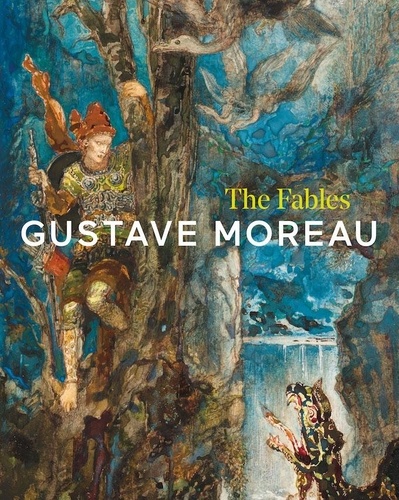
Monographies
Gustave Moreau. The Fables
08/2021

Littérature française
Les inventeurs. Essai
02/2017
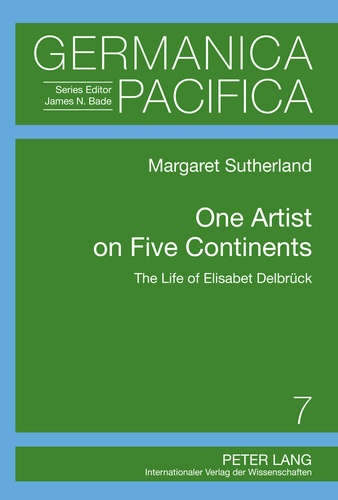
Histoire internationale
One Artist on Five Continents
12/2011
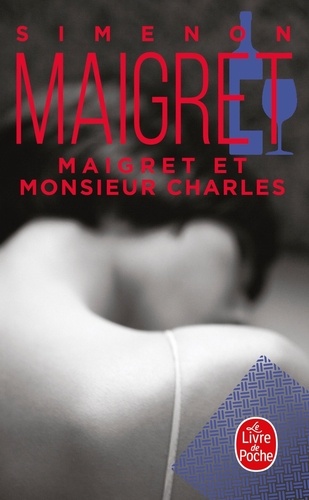
Policiers
Maigret et Monsieur Charles
CommissaireMaigret – Voilà longtemps que Nathalie Sabin-Levesque sait à quoi s'en tenir sur les fugues de son mari. Tandis qu'elle sombre peu à peu dans l'alcool, rejetée par l'entourage de ce confortable notaire du faubourg Saint-Germain, Gérard, qui ne l'aime plus, se distrait dans les boîtes de nuit des Champs-Elysées, où les professionnelles le connaissent sous le nom de monsieur Charles.Mais cela fait un mois maintenant que Gérard n'a pas reparu...C'est à l'histoire d'un couple depuis longtemps désuni que Maigret va s'intéresser ici, telle que lui permettent de la reconstituer les témoignages des amis et des domestiques. Et à une femme dont l'ascension sociale aura été payée du prix de la solitude et de la déchéance.
01/2007
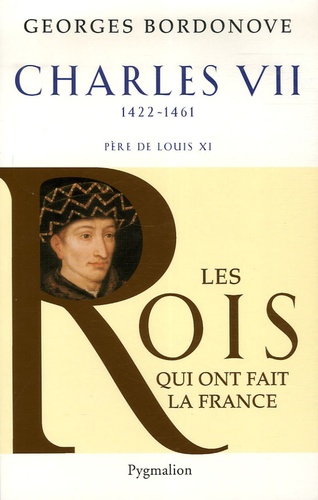
Histoire de France
Charles VII. Le Victorieux
01/2007

Romans historiques
Histoire de Charles XII
03/2002

Documentaires jeunesse
Charles Darwin, une révolution
09/2015
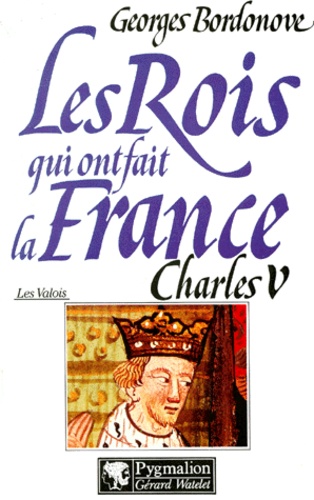
Histoire de France
Charles V le Sage
04/1985
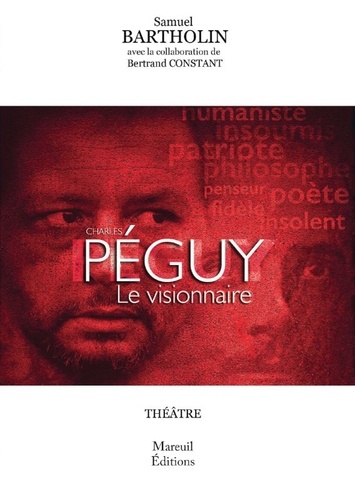
Théâtre
Charles Péguy le visionnaire
05/2018
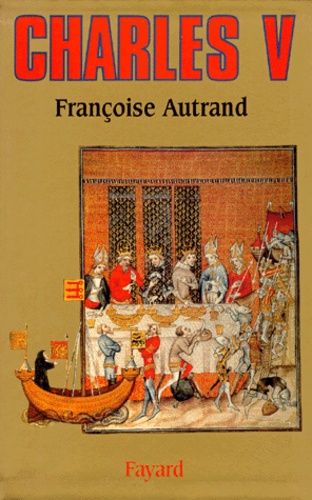
Histoire de France
Charles V. Le Sage
12/1994
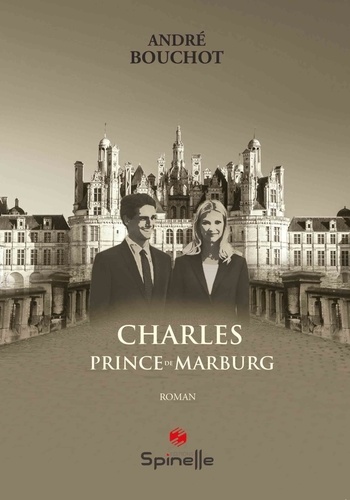
Littérature francophone
Charles, Prince de Marburg
01/2022
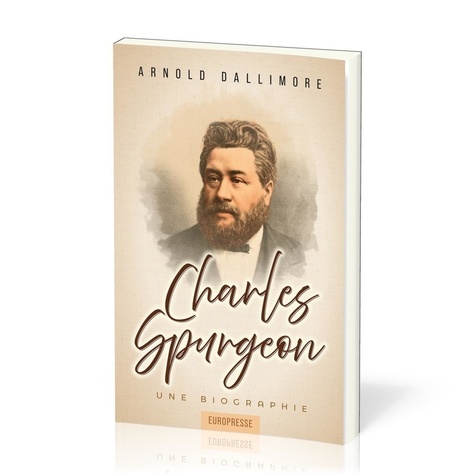
Vie chrétienne
Charles Spurgeon. Une biographie
09/2021

Milan Benjamin et cadet
Comment tu parles, Charles ?
06/2022
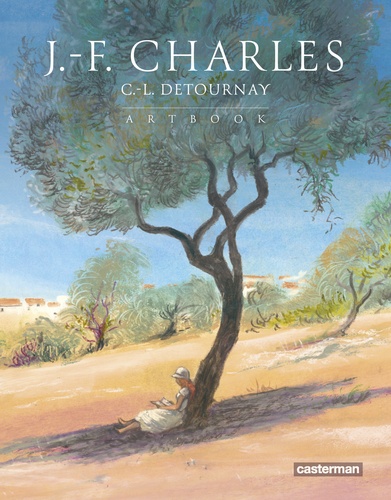
BD tout public
Jean-François Charles. Artbook
12/2020

Monographies
Jean-Charles Blais-Bages
08/2021

